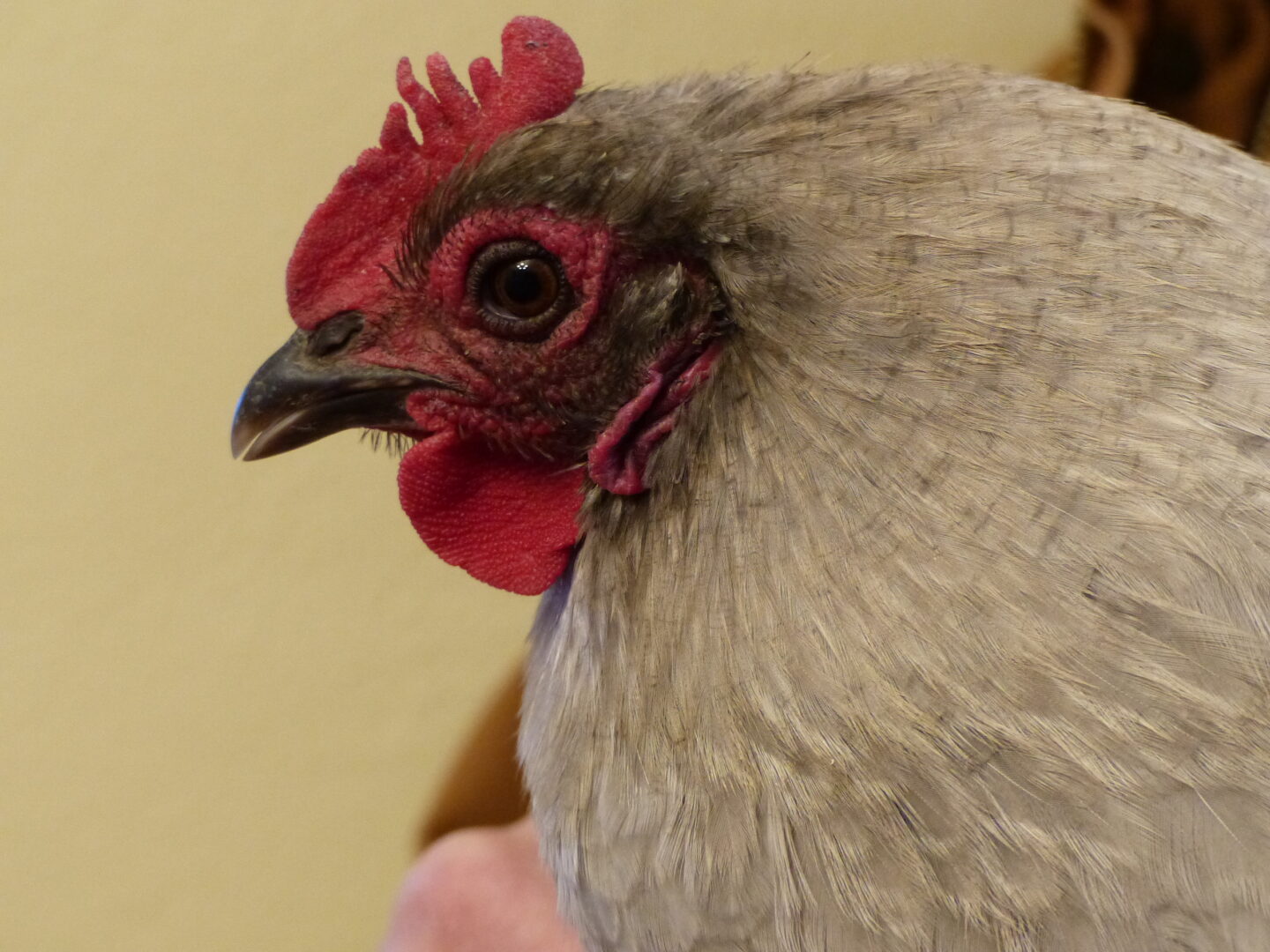Can Chickens Smell and Taste?

Anyone tending a backyard flock quickly learns that chickens can be as picky about food as a crabby child. Put a pan of kitchen scraps into the run and hens enthusiastically devour bread, meat scraps, and some greens yet shun citrus, turnip chunks and many other goodies. They seem to instantly know what foods are a delicious break from dry feed.
Midsummer is a time of food plenty for chickens and wild birds, and it’s fascinating to watch what they will and won’t eat. Any grasshopper misfortunate enough to hop into a chicken run becomes an instant protein-rich snack. Hens entirely ignore box elder bugs buzzing around them. They’ll eat grasses that grow in their run and shun other plants, like motherwort. How do they know what’s good to eat and what’s not?
Scientists have been debating how well birds can taste and smell for years. Because they have tough bony beaks and small hard tongues it’s more difficult to study their tasting ability than it is with mammals. According to an ornithologist, Dr. Neil Bernstein, the bird brain is heavily developed for sight, sound, and balance with smell and taste much less acute. Their sense of touch varies by species.
Humans mouths contain about 9,000 taste buds compared with 50 to 500 for birds. One researcher discovered about 400 taste buds in ducks. Chickens have some taste buds, but they are located in the back of their mouth. So, before they can taste something they’ve already committed to swallowing it.
Studies on the chicken sense of smell and taste are scarce, but more research has been done on wild birds visiting feeders stocked with diverse seeds. Wild birds, such as chickadees and cardinals, use their keen sense of vision to locate seeds and seem to know which ones are tastiest or most nutritious. For example, they’ll pick every sunflower seed out of a blend of seeds before eating a single milo seed.
Chickens aren’t bird brains. They have intelligence and memory, and this may be a clue on how they react to food. “I once ate popcorn not knowing I was about to develop the flu. To put it politely, I tasted popcorn that night on the way out. It was years before I could eat popcorn again because I unconsciously associated it with illness,” said ornithologist Bernstein. The same might happen with chickens. A bird who gobbled down a box elder bug and had her throat badly scratched may remember it and take this common insect off her food list.
In many ways, chickens are like humans. People have food preferences. So, do hens. Although generally, every bird in a flock is likely to like or dislike a certain food, this can vary. One hen may like tomato scraps, but a flock sister won’t touch them.
Some birds can detect odor. Turkey vultures can locate food hidden under a dense tree cover by chemicals emitted from decaying dead animals. In contrast, great horned owls have been known to kill and eat skunks. “Because skunk spray can hurt owl eyes I don’t think they seek skunks often. Owls don’t seem to have a sense of smell, but they certainly have food preferences,” said Karla Bloem, Executive Director of the International Owl Center. “For example, they don’t seem to like ground squirrels but love voles,” she added. For a great horned owl having no sense of smell is a benefit. But, how about chickens?
Chickens don’t seem to have much ability to smell or taste. That may be an advantage. They seem to prefer foods of certain colors. Toss scraps of red tomatoes into the run, and they’ll be instantly devoured, while green pepper scraps are ignored. Why hens will eat green grass yet avoid nearby green motherwort or buckwheat plants is a mystery perhaps known only to chickens.
One thing is certain. When given a diversity of foods chickens, and other bird species, have an amazing ability to choose those that are nutritious. One of the benefits of keeping a flock is observing them. It doesn’t take long to learn that they are amazingly perceptive.

